Home | Photochoreography | Reviews | Concerts | Repertoire | Photography | Contact

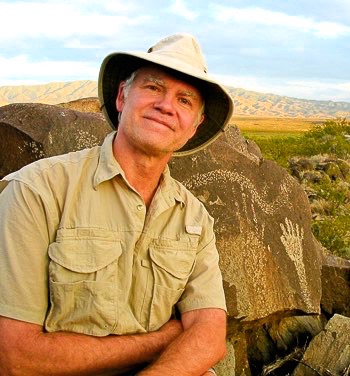
Dr. James Westwater—photographic artist, photochoreographer, visual concert artist, inventor, author, National Endowment for the Arts Artist in Residence, National Science Foundation Artist in the Antarctic and earth guardian—is credited with originating the art form of photochoreography. Having coined the term, Westwater defines it as the art of creating large-screen, multi-image projections of photographic essays choreographed (set or composed) to the performance of symphonic music. The first performance of a Westwater piece of photochoreography was with the Columbus Symphony Orchestra on March 2, 1973, at the Ohio Theatre in Columbus. The premiere piece was set to Ralph Vaughn Williams’ Symphony No. 7, Sinfonia Antarctica. Since the premier, Westwater spent the next 40 plus years creating, marketing and performing his photochoreography in well over 500 concerts with nearly 200 symphony and chamber orchestras across North America, Europe and Asia. Click the following link to view a partial list of orchestras with which he performed, and to read reviews of his past concerts. Westwater founded Westwater Arts to market and book concert performances of his photochoreography. Westwater retired from performing with orchestras in 2014. Westwater Arts is now operated by Nicholas Bardonnay. A number of James Westwater’s pieces of photochoreography currently are being offered for live orchestral performance by Mr. Bardonnay. Dr. Westwater now is creating new works of photography and offering them as fine art prints. Click HERE to visit his “Vision of the West” photographic art page.
Born
Columbus, Ohio, U.S.
Residence
Utah County, Utah
Nationality
American
Education
The Ohio State University (B.A., Ph.D.)
Occupation
Photographic artist, photochoreographer, author, earth guardian
Home town
Bexley, Ohio
Spouse
Merrilynn Reeder (m. 1974)
Children
Erin E.B. Westwater (now Z.N. Bardonnay)
Ross M. Westwater
Website URL’s
Contents
1. Early life and education
2. Origin of an art form
3. How photochoreography works
4. Career
5. Main compositions and commissions
6. Program montage
7. Published works
8. Notable performances
9. Personal life
10. Awards and honors
1. Early life and education
James N. Westwater was born in Columbus, Ohio. He grew up and went to public school in Bexley, Ohio. He is one of two sons of David and Charlotte Westwater. His brother was D. Brooks Westwater, Jr. While a student at The Ohio State University (OSU) in Columbus, Westwater spent two summers (1965 and 1966) doing glaciological field research in Alaska on the Sherman Glacier for the Institute of Polar Studies (later, the Byrd Polar and Climate Research Center). While attending OSU, Westwater took a wide variety of courses, having five majors: microbiology, philosophy, geology, art history and educational development. He earned a B.A. in Philosophy in 1966 and a Ph.D. in Educational Development in 1972, both at OSU.
2. Origin of an art form
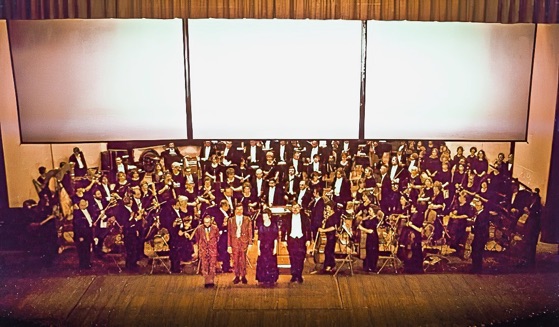
The debut of photochoreography — Columbus Symphony, Ohio Theatre, March 2, 1973.
The four people in front are Cameron, Westwater, a soloist and Whallon.
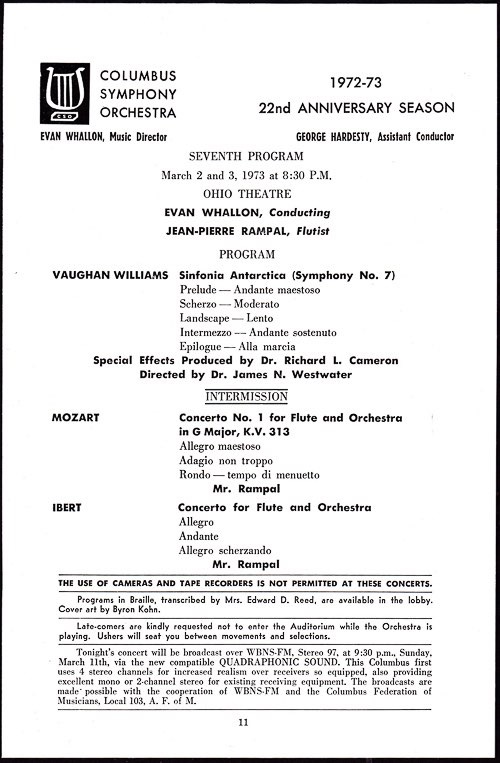
(above: CSO concert program page for the debut of photochoreography in 1973)
-
3. How photochoreography works
During a typical live performance, hundreds of thematically-related photographs are projected onto three very large screens, connected end-to-end and suspended above—and normally in front of—the orchestra. As the musicians perform the music in a darkened concert hall under the direction of the orchestra's conductor, the artist precisely cues from memory the visual transitions, filling the screens with single, double and triple-image combinations that at times form panoramas.

A concert performance of James Westwater’s “The Eternal Struggle.”
4. Career
After earning a Ph.D. from The Ohio State University in 1972, Westwater began working in the field of endeavor he pioneered—what he later called “photochoreography.” His first piece of photochoreography was premiered with the Columbus Symphony Orchestra at the Ohio Theatre in March of 1973. During his career as an artist performing with symphony and chamber orchestras, Westwater served concurrently in several other capacities. He was appointed and served twice as a National Endowment of the Arts Resident Artist—in Montana (1975-76) and Ohio (1976-77). In 1976 he was appointed the National Science Foundation’s Artist in the Antarctic. While in Antarctica, which included a stay at the South Pole, he created photography of that most remote continent on earth for his piece, Midnight Sun. During 1981 and 1982, Westwater photographed his native state for OHIO, a book of his large format color photography published by Graphic Arts Center (see book cover below). From 1985 to 1994 Westwater also served as the Chevron Concert Artist, performing many concerts with orchestras across America. Over his 40 plus year career, Westwater performed well over 500 concerts with close to 200 orchestras both in the United States and abroad. Westwater created approximately 50 commissioned pieces of photochoreography. A number of these commissioned pieces were part of two programs Westwater created to help orchestras connect with their communities. The programs featured the photography of local photographers and students. He called the programs “Community, Cameras and Classics” and “Kids, Cameras and Classics.” In 2014 Nicholas Bardonnay, took over Dr. Westwater’s career of performing photochoreography with orchestras. Currently, Dr. Westwater is creating new pieces of photography (chiefly of the American southwest and made available at this website) and is leading an environmental organization he founded in 2006.
5. Program Montage
Below is a montage of several concert program covers from past concerts.
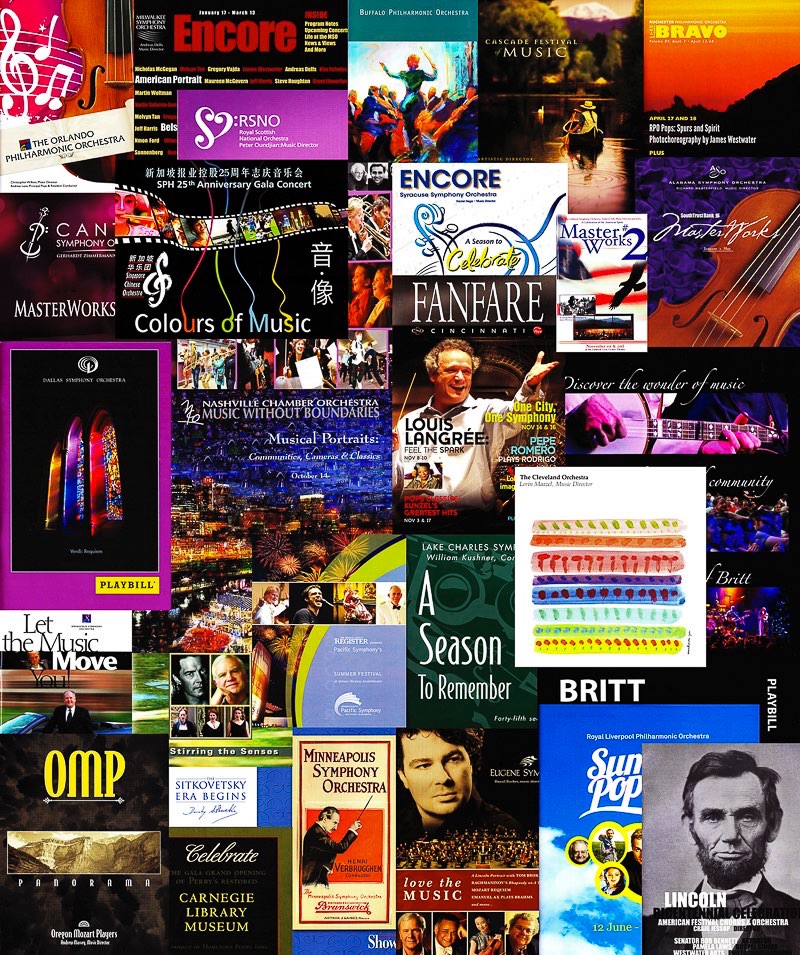
6. Main compositions and commissions
-
1.Sinfonia Antarctica set to Vaughan Williams Symphony No. 7, Columbus Symphony Orchestra, March 1973 (see program and debut photo above)
-
2.Wilderness Suite, set to music from Aaron Copland’s suites from The Tender Land and The Red Pony, National Symphony Orchestra, March 1975
-
3.Tribute to John Lennon, set to the music of John Lennon, commissioned and premiered by the Cincinnati Pops Orchestra, Erich Kunzel, Conductor and Music Director, December 1981
-
4.A Love for the Land, set to Copland’s Appalachian Spring Suite, The Cleveland Orchestra, July 1983
-
5.Midnight Sun, set to Claude Debussy’s Nuages and Sirenes, Honolulu Symphony Orchestra, March 1984, made possible with support from the National Science Foundation, the National Geographic Society and the Byrd Polar Institute
-
6.Chaps and Spurs set to Copland’s Billy the Kid, New Orleans Symphony Orchestra, September 1986, commissioned by Chevron as part of the Chevron Community Concert Program
-
7.American Fanfare, set to Copland’s Fanfare for the Common Man, Pittsburgh Symphony Orchestra, August 1989
-
8.Reflections of the Spirit, set to Samuel Barber’s Adagio for Strings, St. Louis Symphony Orchestra, September 1994
-
9.Vanishing Forest, set to Ralph Vaughn Williams’ The Lark Ascending, Milwaukee Symphony Orchestra, March 1997 (production assistance in Costa Rica by D. Brooks Westwater, Jr.)
-
10.Photochoreography set to Franz Joseph Haydn’s Symphony No. 6, 7 and 8, commissioned and premiered by the Indianapolis Symphony Orchestra, Raymond Leppard, Conductor and Music Director, June 1999 (production assistance in the Southwest by Z.B. Bardonnay, Westwater’s daughter)
-
11.A Simple Gift, set to Adagio by Dominico Zipoli, Saint Paul Chamber Orchestra, December 2004
-
12.The Eternal Struggle, set to Copland’s Lincoln Portrait, commissioned and premiered by the Orlando Philharmonic and Akron Symphony Orchestra, Christopher Wilkins Conductor and Music Director, January 2008 and February 2009 respectively. The Eternal Struggle was commissioned to mark the 200th anniversary of Lincoln’s birth and the subsequent 150th anniversary of the beginning of the American Civil War.
-
13.Before the Storm, set to Intermezzo No. 1 from Phillip Glass’s the CIVIL warS, commissioned and premiered by the Orlando Philharmonic and Akron Symphony, January 2008 and February 2009 respectively
-
14.Portrait of Singapore, set to music by two Singaporean composers, commissioned and premiered by the Singapore Chinese Orchestra, Tsung Yeh, Conductor and Music Director, October 2009
-
15.Grand Canyon Country, set to Ferde Grofé’s Grand Canyon Suite, co-created with Nicholas Bardonnay, commissioned and premiered by the Tucson Symphony Orchestra and The Phoenix Symphony, February 2012
-
16.Woodlands, set to Largo from Dvořák’s Symphony No. 9, From the New World, premiered by the Kalamazoo Symphony Orchestra, November 2012

-
17.Má vlast: A Visual Journey, set to the entire, 80 minute Má vlast of Smetana, co-created with Nicholas Bardonnay, commissioned and premiered by the Royal Scottish National Orchestra and The Toronto Symphony, Peter Oundjian, Conductor and Music Director of both orchestras, March 2013 (Image on screen behind Oundjian is by Westwater)
-
18.Tabor, set to Bedřich Smetana's Tabor, performed by the Royal Scottish National Orchestra and The Toronto Symphony as part of Má vlast: A Visual Journey, March 2013
-
19.Bohemia, set to Bedřich Smetana's From Bohemia’s Forests and Meadows, performed by the Royal Scottish National Orchestra and The Toronto Symphony as part of Má vlast: A Visual Journey, March 2013
-
7. Published works

In 1982 Westwater was engaged by Graphic Arts Center Publishing of Portland, Oregon, to photograph his native state for the large format book of color photography titled, OHIO. (cover at right) The OHIO book won an award by the Ohioanna Library Association.
-
8. Notable performances
-
1.Debut performance of Sinfonia Antarctica with the Columbus Symphony Orchestra, Evan Whallon conducting, March 2, 1973, Ohio Theatre, Columbus
-
2.Premier of Wilderness Suite with the National Symphony Orchestra, Murry Sidlin conducting, Kennedy Center for the Performing Arts Concert Hall, Washington DC, March 10, 1975
-
3.Concert performance of Wilderness Suite before the World Congress of Local Governments (later, ICLEI), Columbus, Ohio, April 1975
-
4.Concert performances of the John Lennon Tribute Concert, with the Cincinnati Pops Orchestra and Roberta Flack, Cincinnati Music Hall, New Haven Coliseum and Radio City Music Hall, NY, January 1982
-
5.Performance of Wilderness Suite before the National Convention of the Sierra Club, Ontario, California, date uncertain
-
6.Performances of Portrait of Singapore in Singapore with the Singapore Chinese Orchestra, Tsung Yeh, Conductor and Music Director, October 2009
-
7.Performances of Grand Canyon Country commissioned by the Tucson Symphony Orchestra and The Phoenix Symphony to mark the centennial of the State of Arizona, February 2012
-
8.Performances of Má vlast: A Visual Journey (including Bohemia and Tabor) in Perth, Edinburgh and Glasgow in Scotland with the Royal Scottish National Orchestra, and in Toronto, Canada with The Toronto Symphony, Peter Oundjian conducting both orchestras, March and April 2013
-
9.Performance of The Eternal Struggle, Dr. Maya Angelou narrator, with the Cincinnati Symphony Orchestra, Louis Langrée Conductor and Music Director, November 2013
9. Personal life
James Westwater is married to Merrilynn R. Westwater, having two children, Erin E.B. Westwater (now Z.N. Bardonnay) and Ross M. Westwater. Dr. Westwater resides in Utah County, Utah.
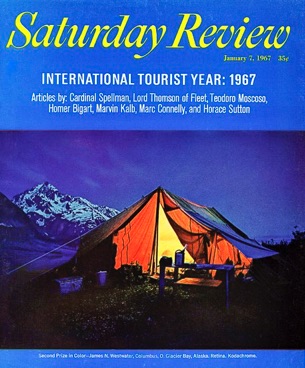
-
1.(right) Cover photo for the Saturday Review of Literature, January 1967 (expedition tent, Glacier Bay Alaska)
-
2.Recipient of an Ohioana Book Award for OHIO, published by Graphic Arts Center Publishing, Portland Oregon, 1982
-
3.Two-time National Endowment for the Arts Resident Artist: Montana 1976-77, Ohio 1977-78
-
4.The National Science Foundation Artist in the Antarctic, 1977
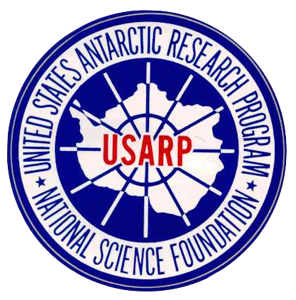
-
5.Recipient of The Antarctic Medal, 1977
-
6.Fellow of The Explorers Club of New York City, 1977
-
7.Served as the Chevron Concert Artist, performing with symphony orchestras across North America, conducted by Murry Sidlin, from 1985 to 1994
All Rights Reserved © 2015-2025 James Westwater